Against the backdrop of February 2024’s record oceanic surface water temperatures, the National Oceanic Atmospheric Association’s (NOAA) Coral Reef Conservation Program (CRCP) codified the US Coral Reef Task Force (USCRTF) Resolution 47.2, urging federal and state agencies to recognize coral reefs national infrastructure.
The principal ambition of the CRCP, established through Executive Order 13089, is to provide protection and restoration for domestic coral reefs by maintaining healthy ecosystem vitality through prioritizing four main pillars of operations. Their areas of focus include increasing resilience to climate change, reducing land-based sources of pollution, improving fisheries’ sustainability, and restoring viable coral populations. Resolution 47.2 aims to ensure adequate resources and monies are being distributed across the US coastlines, mainly US territories, to preserve coral reefs. In the face of climate change, the resolution seeks to mitigate the impacts of rising ocean levels that threaten coastal populations in US territories by utilizing coral reef systems’ natural capacity to reduce wave power by 97%.
Not only does it propose preventative and restorative programs for maintaining healthy territorial coral reefs, which are among the most biologically diverse, culturally important, and economically valuable ecosystems on Earth, but additionally, territories would see greater economic outcomes. The federal government has an interest in investing in Resolution 47.2 because of the economic value of coral reefs, estimated at $3.42 billion annually, not including shoreline protection and hazard reduction values. The importance of reef systems for territorial economies is further supported by a recently published NOAA Puerto Rico Status Report, stating that coral reef tourism in Puerto Rico generates $2 billion annually. Additionally, Local communities in Puerto Rico heavily rely on reef fisheries for food and income. The annual value of flood risk mitigation, provided through reef restoration, is estimated at $40 million for Puerto Rico alone. This resolution is particularly important for US territories because it facilitates the allocation of future grant funding for coral reef restoration across governmental agencies as an eligible infrastructure project. Territorial economies would significantly benefit from an injection of federal infrastructure monies as they grapple with economic investments related to climate change.
According to the resolution, the populations most often affected by the lack of climate change infrastructure are lower-middle-income groups, further amplifying the potential of this resolution to fuel vital economic drivers in the unincorporated territories. NOAA’s Demographic Baseline Report of US Territories and Counties Adjacent to Coral Reef Habitats compared Puerto Rico’s Demographics within US Coral Reef Jurisdiction to those in the contiguous United States. Findings highlighted that Puerto Ricans are twice as likely not to obtain high school diplomas, have more than double the number of people living in a single household and nearly double the number of housing units per square kilometer, and earn less than half of the annual median household income in the US. Considering the existing correlation between coral reefs and the negative economic impacts of climate change affecting lower-income Puerto Ricans, the implementation of Resolution 47.2 critically provides resources that secure the economic value of reef systems proximal to US territories.
In January 2024, NOAA’s National Coral Reef Monitory Program released the socioeconomic findings for Puerto Rico from 2022. The results indicate a connection between residents and coral reefs. Puerto Ricans depend on these ecosystems for an array of economic and cultural benefits, and findings strongly suggest that residents desire monetary investments aimed at mitigating climate and pollution threats to coral reefs. Protecting coral reefs within US territories preserves vital food sources, mitigates costs derived from storm damage, and ensures tourism that will drive future economic health. Demonstrated public buy-in for impact-driven natural infrastructure funding supports the overall objective of the CRCP Resolution 47.2.
The Coral Reefs as National Natural Infrastructure resolution then acts as a catalyst for acknowledging the vital importance of coral reefs to adjacent communities by proposing funding mechanisms within the infrastructure framework.

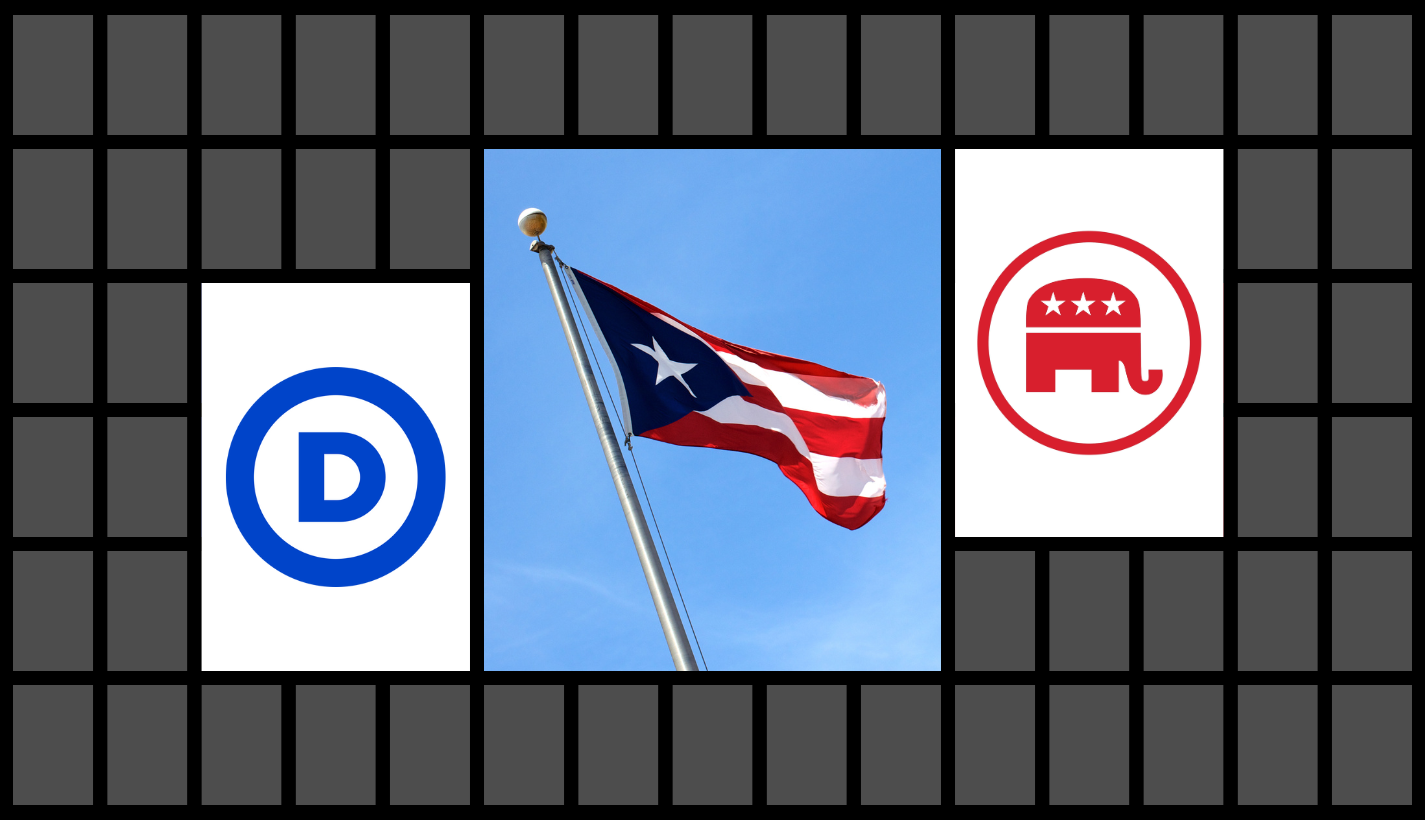
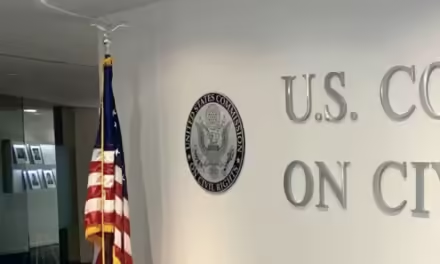


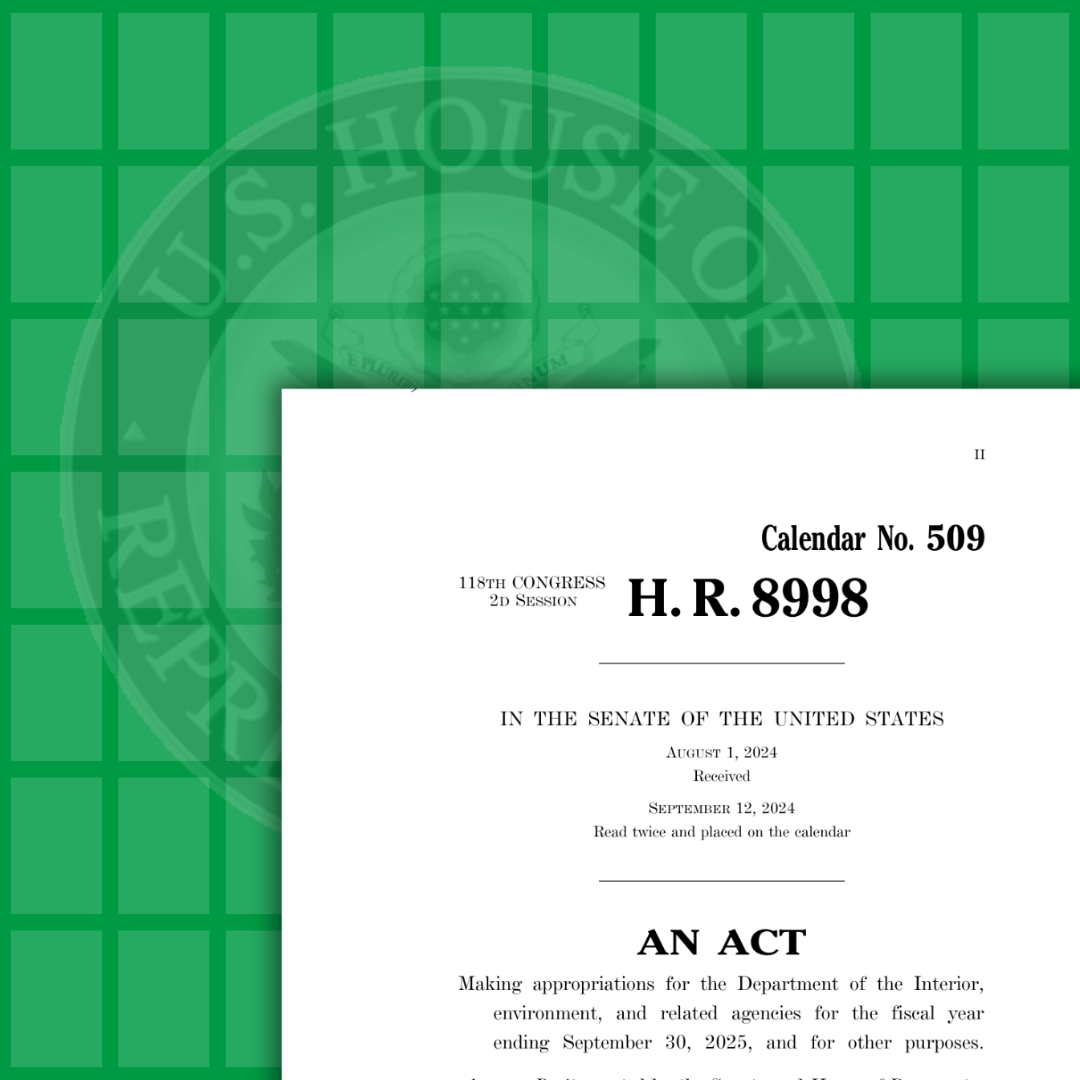
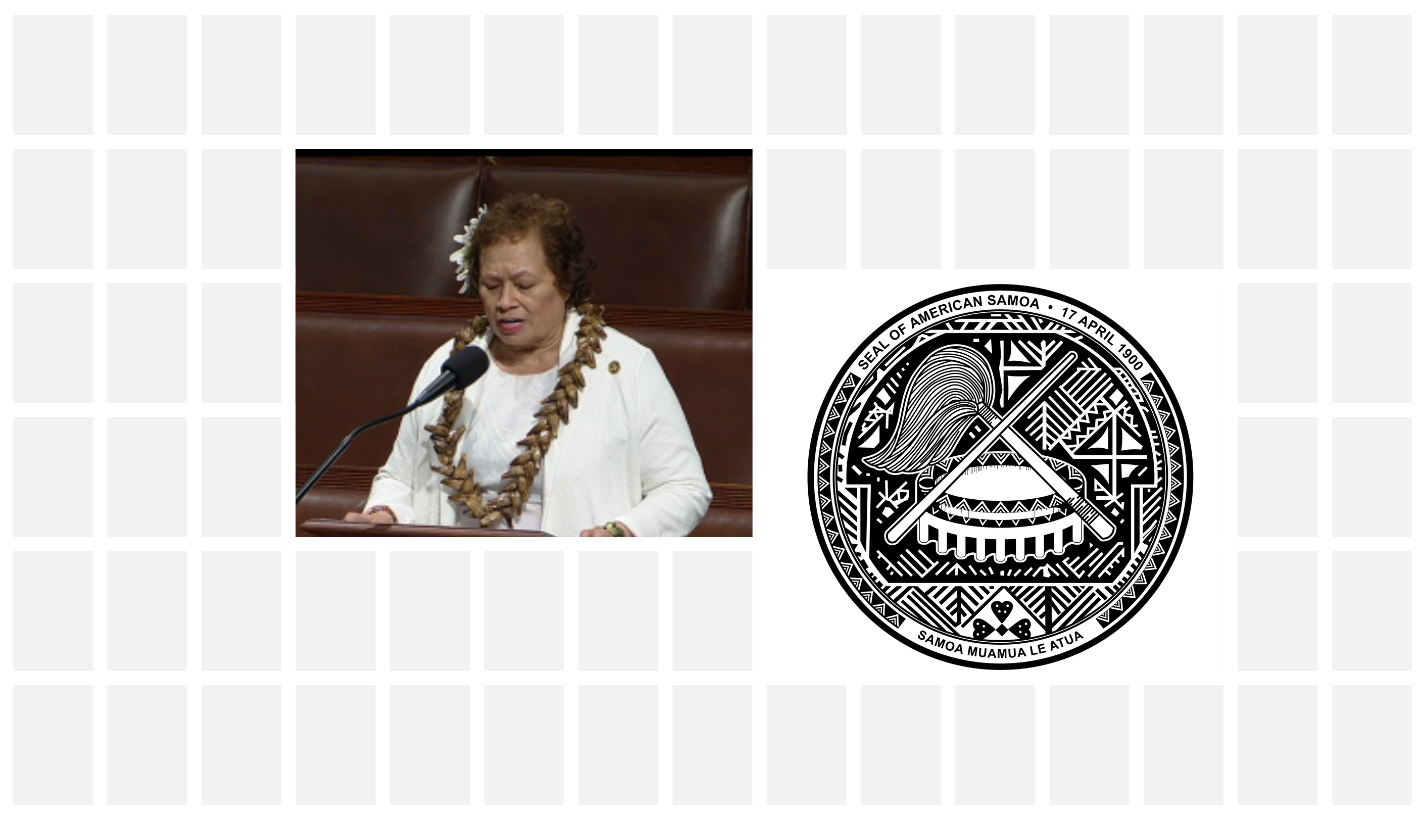
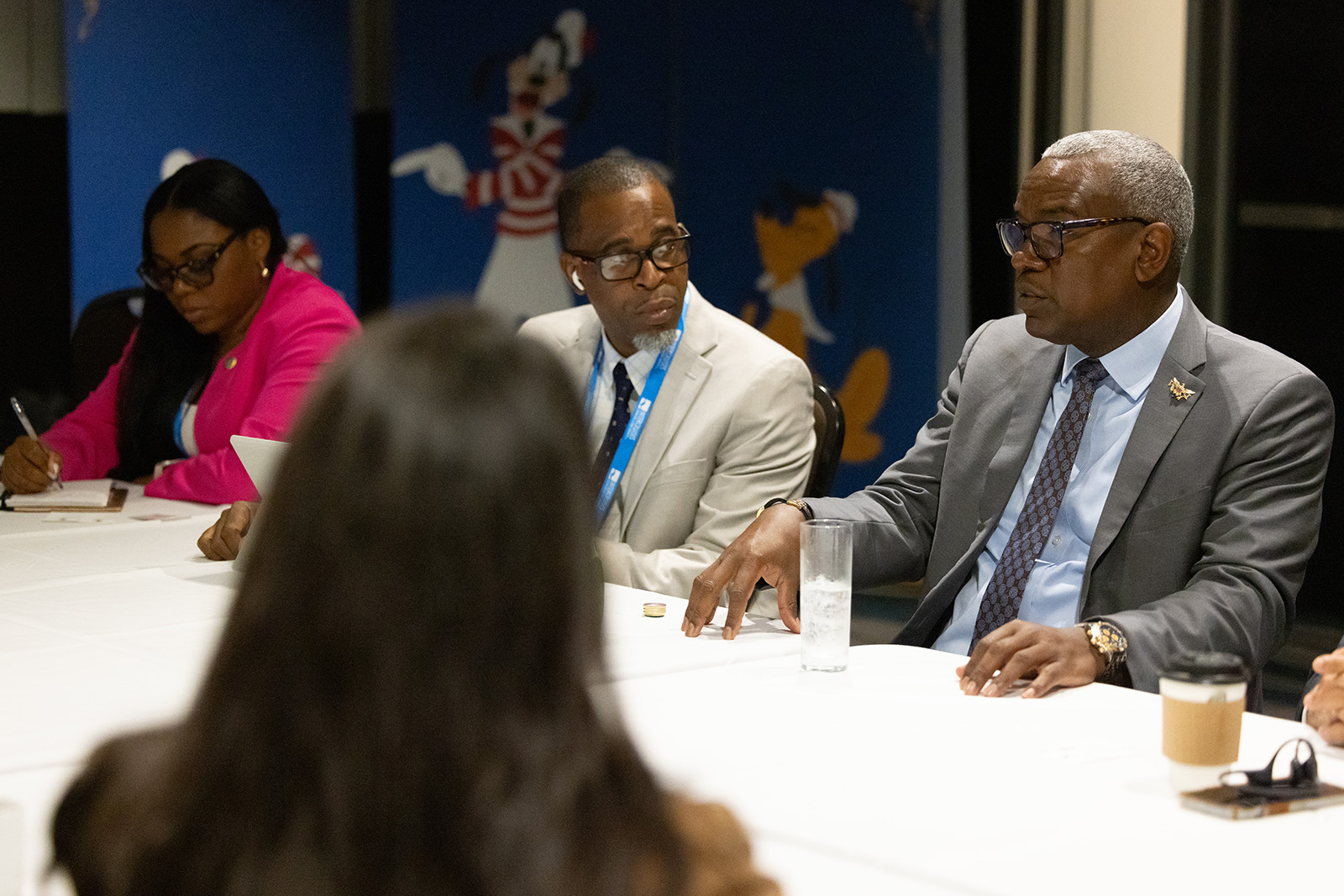




0 Comments